So you’ve gone through all the work of painting your beautiful piece, and then you see it, a day later, a week later, or even months later, the dreaded Bleed Through! In the world of furniture painting, bleed-through is a problem that comes up over and over again in our discussions on Paint It Beautiful. Even the most experiencer paints struggle with this common problem.
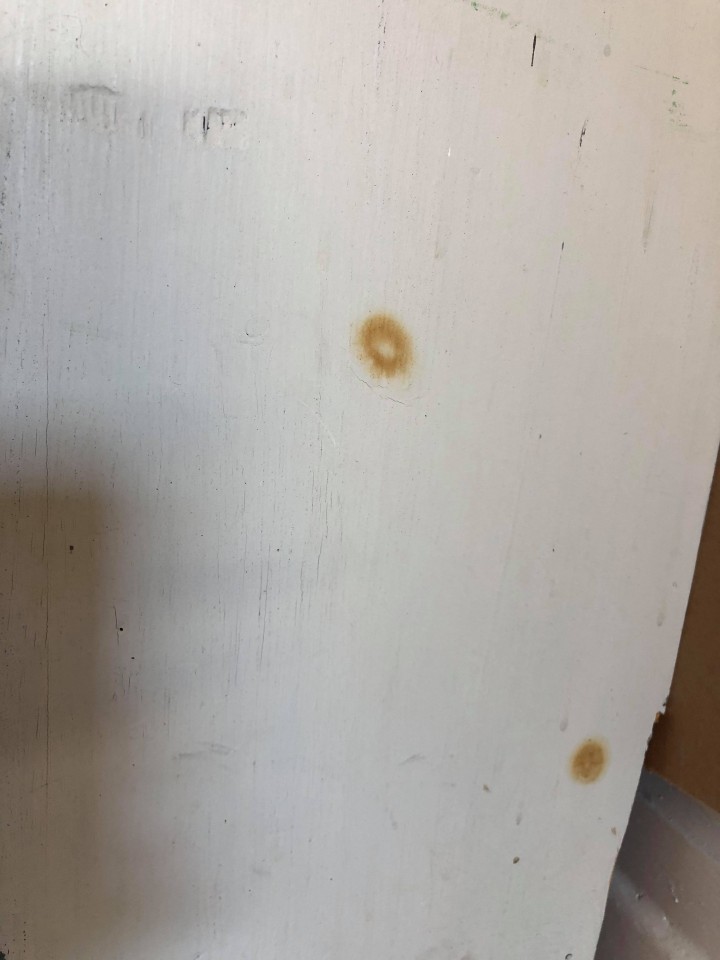
What is Bleed Through?
It’s a shadow or colouring, something that you see peeking through your paint as it starts to cure. Almost like a stain, bleeding through the paint. It can come in the shape of a knot from the wood, or an overall hue colour change.
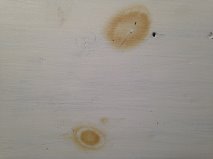
Natural Causes of Bleed Through
What it actually is, are the tannins and resins of the wood trying to escape. Nature is a wonderful thing, and it will almost always win! There is a way to prevent this from happening, it is a VERY important step to take during the PREP stage of painting. If you think you might have this problem with a new piece you have acquired, you are not going to want to miss this step of the prep stage.
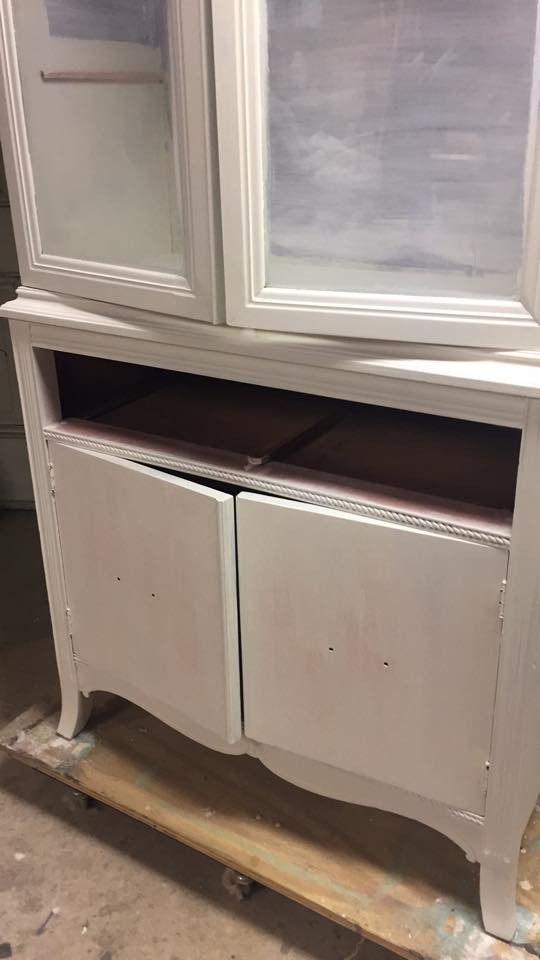
How To Prevent Bleed Through When Painting Furniture
Applying a stain-blocking primer is crucial to preventing bleed-through when painting. You may want to use B-I-N Zinsser Shellac-Based Primer so that the shellac will hold in the resins and not allow for bleeding to occur. What I really like about this product is that it is white, so it acts as an excellent base primer too when painting with a light colour.
This particular shellac primer also adheres to virtually anything, but beware it does have a strong odour! So learn to love the knots or prep with a stain block shellac-based primer beforehand.
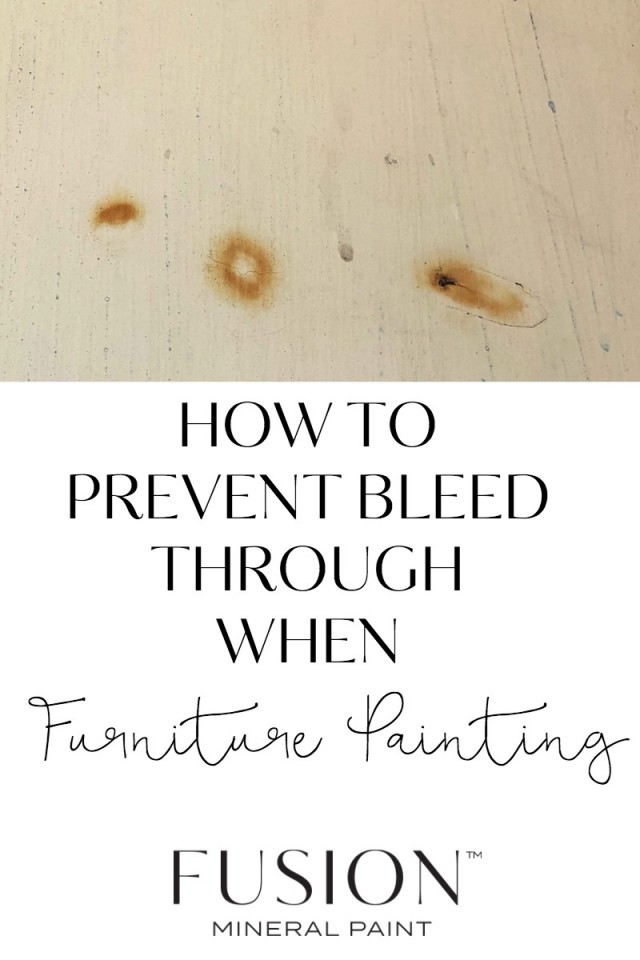
The most typical woods that bleed:
- cherry
- mahogany
- knotty pine
- newer softwoods
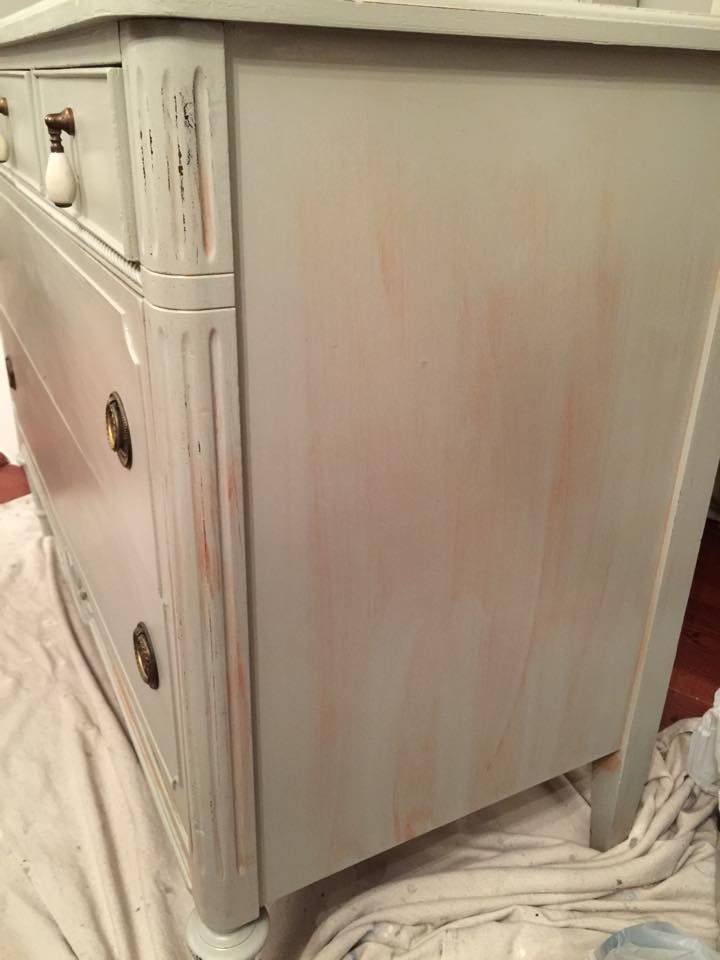
We hope this helps you to understand why bleed through happens and how to prevent it with your next project!
Save this for later! Pin It!

Read more from our friend Steve Maxwell on the intricacies of Bleed Through here.



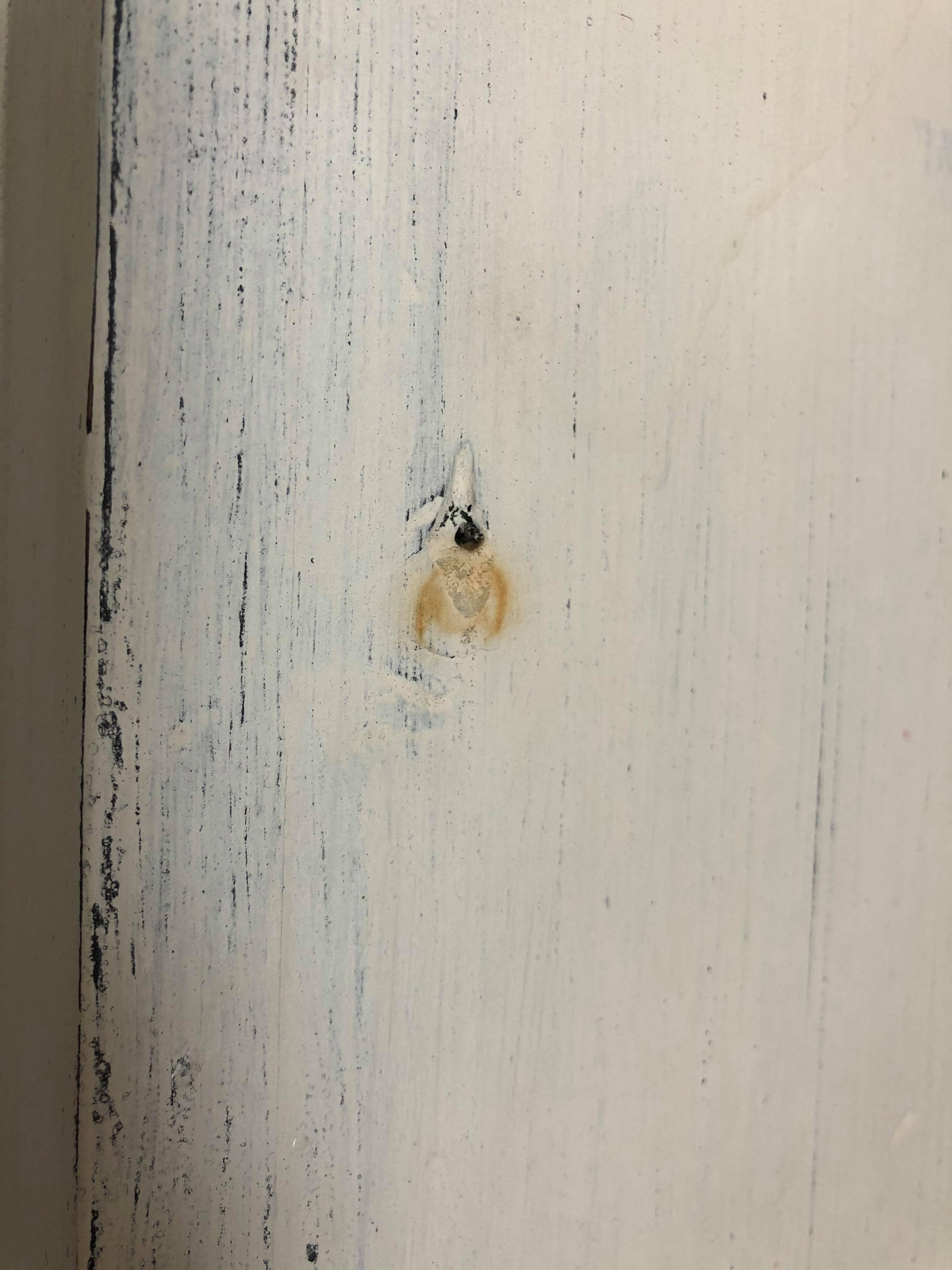
10 Responses